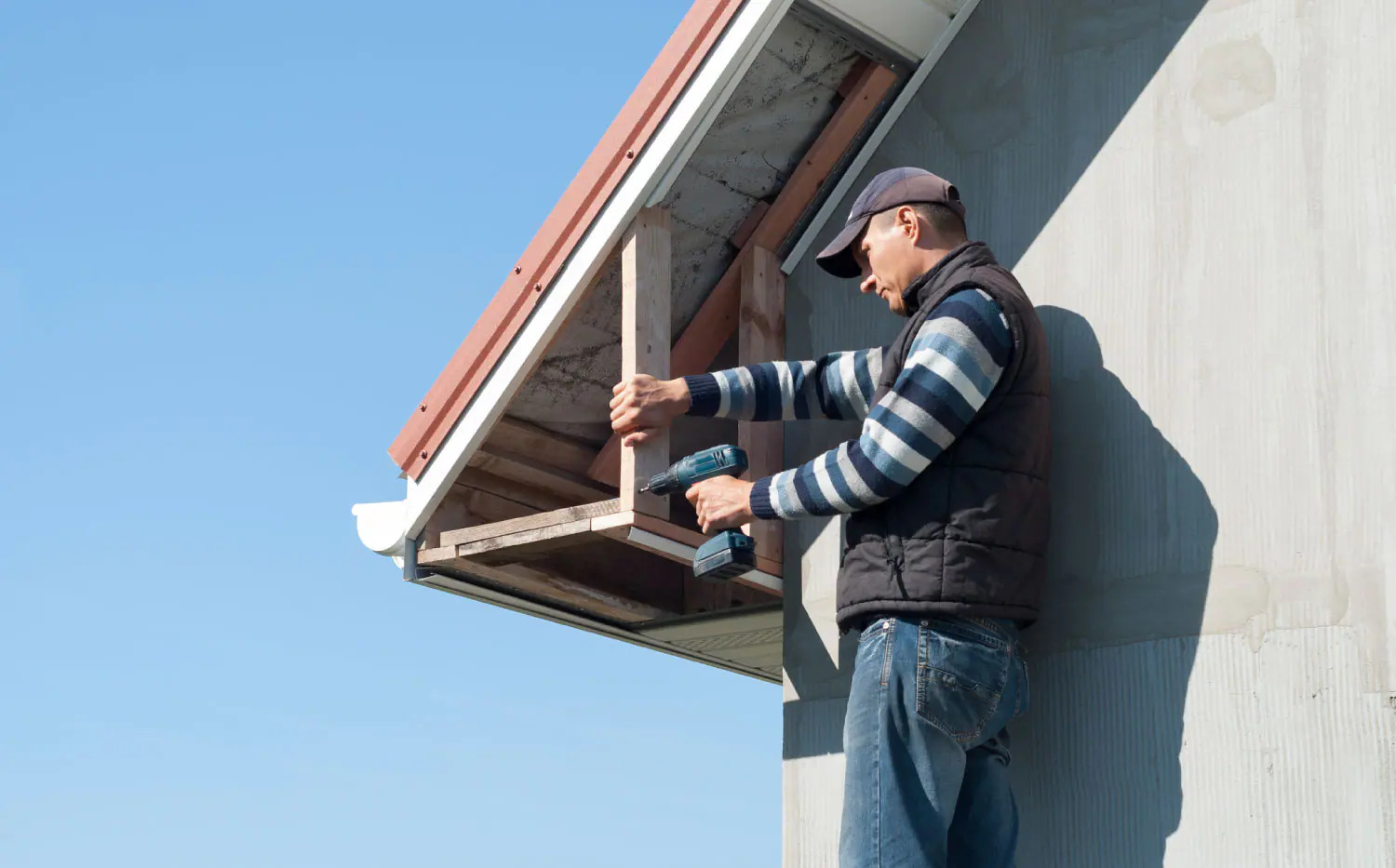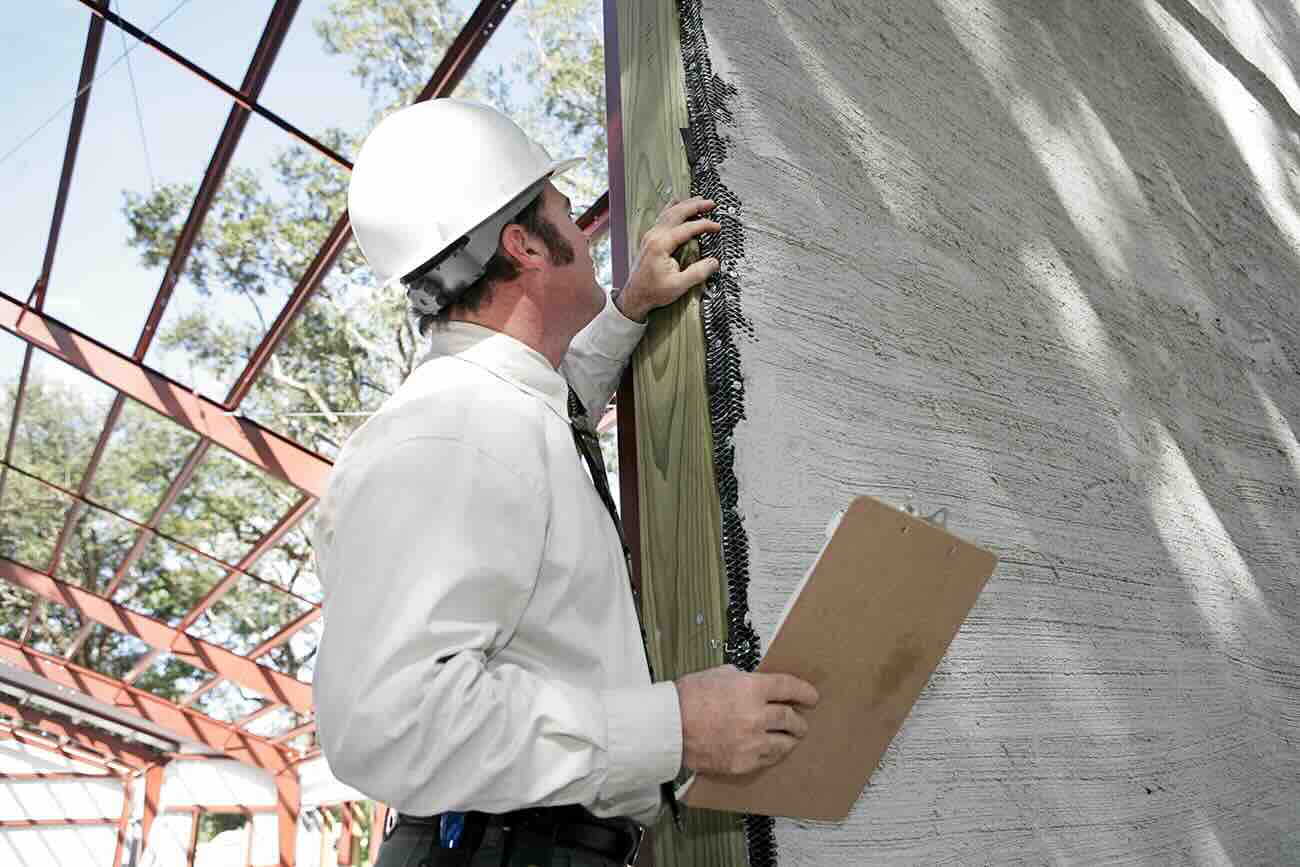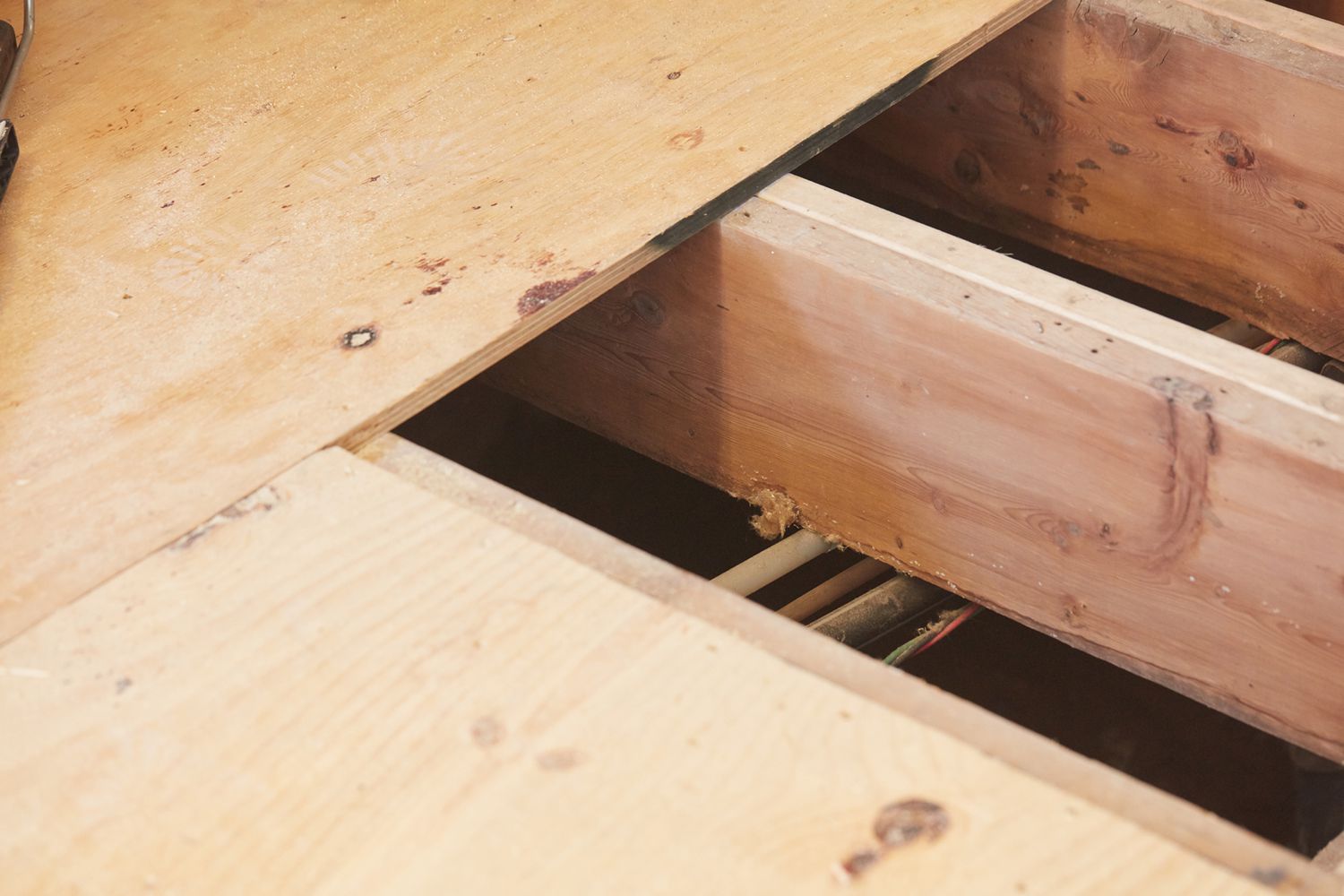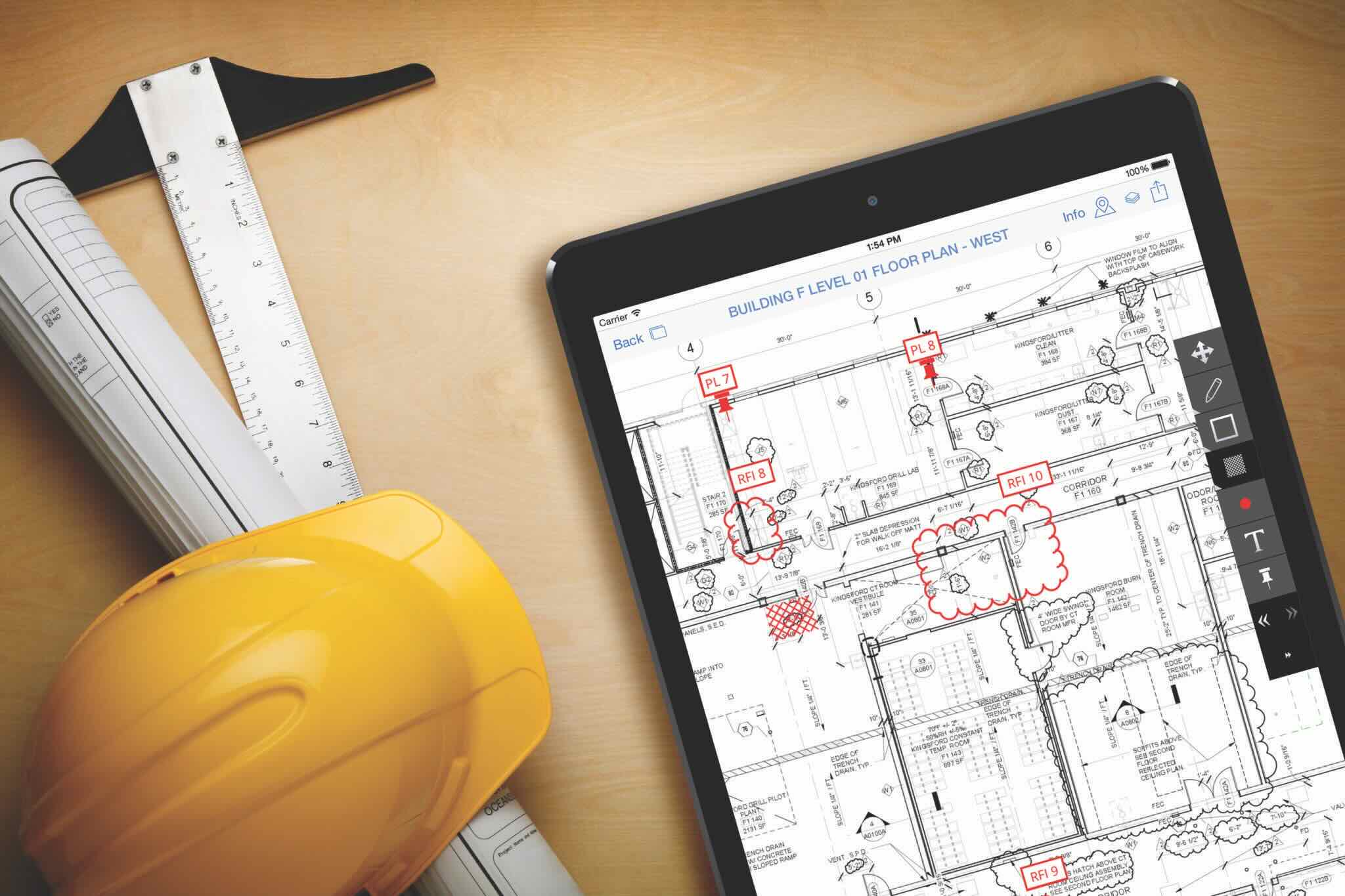Home>diy>Building & Construction>What Is Toenailing In Construction


Building & Construction
What Is Toenailing In Construction
Modified: February 24, 2024
Learn about toenailing in construction and its importance in building-construction. Understand the techniques and benefits of toenailing for sturdy and secure structures.
(Many of the links in this article redirect to a specific reviewed product. Your purchase of these products through affiliate links helps to generate commission for Storables.com, at no extra cost. Learn more)
Introduction
When it comes to construction, there are various techniques and methods used to secure and connect materials together. One such technique is toenailing. Toenailing, also known as skewed nailing or skew nailing, is a commonly used method in the construction industry to join two pieces of wood at an angle. This technique involves driving nails diagonally through one piece of wood into another, creating a strong and secure connection.
In this article, we will delve deeper into the concept of toenailing and explore its purpose, the tools and materials required, the techniques involved, as well as its advantages and disadvantages. We will also look at common applications of toenailing in construction and provide some important safety tips to ensure your construction projects are carried out effectively and securely.
So, whether you are a DIY enthusiast or a professional in the construction industry, read on to gain a comprehensive understanding of toenailing and how it can be effectively applied in various construction projects.
Key Takeaways:
- Toenailing in construction involves driving nails diagonally to create strong connections, enhancing structural integrity, load distribution, and preventing wood splitting. It offers versatility and flexibility in various construction applications.
- Prioritizing safety, using the right tools, and practicing proper techniques are crucial for effective and secure toenailing. It is a valuable skill for builders, carpenters, and DIY enthusiasts, contributing to sturdy and durable wooden structures.
Read more: What Is Pre-Construction In Construction
Definition of Toenailing
Toenailing, also referred to as skewed nailing or skew nailing, is a construction technique used to join two pieces of wood together at an angle. It involves driving nails diagonally through one piece of wood and into another, creating a secure and sturdy connection.
The term “toenailing” derives its name from the analogy of hammering a nail at an angle, similar to the angle created when driving a nail into a piece of wood with a hammer using your toes.
Typically, toenailing is used when there is a need to secure the end grain of one piece of wood to the face or side of another piece of wood. This method provides additional strength and prevents the pieces from separating or twisting under load or stress.
Toenailing can be done with various types of nails, such as common nails, finish nails, or even specialized nails like annular ring shank nails. The choice of nail will depend on the specific application and the materials being joined.
Overall, toenailing is a versatile and effective technique that plays a crucial role in the construction industry, ensuring the structural integrity and stability of various wooden structures.
Purpose of Toenailing in Construction
Toenailing serves several important purposes in construction. Let’s explore some of the key reasons why this technique is widely used:
- Enhanced Structural Integrity: One of the primary purposes of toenailing is to provide a stronger and more secure connection between two pieces of wood. By driving nails at an angle, toenailing creates a stronger bond compared to simply driving nails straight through the wood. This helps prevent the pieces from separating, twisting, or becoming loose under load or stress, thereby enhancing the overall structural integrity of the construction.
- Improved Load Distribution: When building structures such as decks, fences, or framing, toenailing helps distribute the load evenly across multiple pieces of wood. By securing the end grain of one piece to the face or side of another piece at an angle, the load is spread over a larger surface area, reducing the risk of concentrated stress points that could lead to failure or deformations. This ensures that the structure can withstand the forces and weight it is subjected to.
- Prevention of Wood Splitting: Toenailing can also help prevent wood from splitting. When joining wood pieces with nails, driving the nails straight through the grain can potentially cause the wood to split. However, by driving the nails diagonally, toenailing avoids splitting, as the nails are driven into the wood fibers at a more favorable angle. This is particularly important when working with softer woods or when joining pieces in areas prone to splitting.
- Versatile Connections: Toenailing provides versatility in creating connections at various angles. It allows for connections between pieces of wood that cannot be connected using traditional methods like face nailing or end nailing. The ability to create secure connections at different angles enables the construction of complex structures that require non-linear or angled connections, expanding the range of possibilities for designers and builders.
In summary, toenailing plays a crucial role in construction by strengthening connections, distributing loads, preventing wood splitting, and allowing for versatile and secure connections at various angles. It is an essential technique that contributes to the stability and longevity of wooden structures.
Tools and Materials Required for Toenailing
To successfully perform toenailing, you will need the following tools and materials:
- Hammer: A hammer is the primary tool used for toenailing. It is essential to choose a hammer with a comfortable grip and a weight suitable for your strength and the size of the nails you will be using. A claw hammer with a curved claw is preferable, as it allows for easy nail removal if needed.
- Nails: The choice of nails is crucial for toenailing. Common nails, finish nails, or specialized nails like annular ring shank nails are commonly used. The length and gauge of the nails will depend on the thickness and type of wood you are working with. It is advisable to consult the building plans or follow industry standards to determine the appropriate nail size for your specific project.
- Protective Gear: Safety should always be a priority when working with tools and materials. Wear safety glasses to protect your eyes from flying debris and dust. Additionally, consider wearing work gloves to protect your hands from potential injuries while hammering.
- Wood Pieces: Of course, you will need the pieces of wood that you intend to connect using the toenailing technique. Ensure that the wood is of the appropriate type, size, and quality for your specific project. Make sure the wood is properly prepared, such as pre-drilling pilot holes if necessary, to prevent splitting or damaging the wood during the toenailing process.
These are the basic tools and materials required for toenailing. However, depending on the complexity and scale of your project, you may also require additional tools such as a nail set to recess the nail heads below the surface of the wood, or a power nailer for large-scale construction projects.
Before you begin toenailing, always ensure that you have the necessary tools and materials ready and easily accessible. This will help you perform the technique more efficiently and ensure the quality and durability of your construction.
Techniques and Steps for Toenailing
Toenailing involves a specific technique to ensure a strong and secure connection between two pieces of wood. Follow these steps to effectively perform toenailing:
- Prepare the Wood: Before toenailing, make sure the wood pieces are properly prepared. This includes ensuring the wood is clean and free from debris, as well as pre-drilling pilot holes if necessary to prevent splitting.
- Position the Wood Pieces: Position the two wood pieces in the desired angle and orientation for toenailing. This may involve holding or clamping them together to keep them steady during the nailing process.
- Choose the Nail: Select the appropriate nail for the job. Consider the thickness and type of wood you are working with, as well as the weight-bearing requirements of the structure. Ensure the nail is long enough to penetrate both pieces of wood securely.
- Place the Nail: Hold the nail at a slight angle, typically around 45 degrees, to create the toenailing effect. Position the nail on the surface of the first piece of wood and align it with the target spot on the second piece of wood.
- Drive the Nail: Using a hammer, strike the nail firmly and accurately, driving it diagonally through the first piece of wood and into the second piece. Apply consistent pressure while driving the nail to ensure it goes in smoothly and securely. Take care not to strike the nail too hard, as this can cause the wood to split or the nail to bend.
- Repeat the Process: Toenail additional nails along the connection, ensuring that they are evenly spaced and provide adequate support. The number of nails required will depend on the size and weight-bearing requirements of the structure.
- Check the Connection: Once you have toenailed all the necessary nails, inspect the connection to ensure they are secure and flush with the wood surface. If any nails are protruding, use a nail set and hammer to recess them slightly below the wood surface.
It is important to note that toenailing is a skill that requires practice to master. Take your time to become familiar with the technique and develop a steady and accurate hand while driving the nails. Remember to always prioritize safety by wearing protective gear and securing the wood pieces properly to prevent any accidents or injuries.
By following these steps and practicing toenailing techniques, you will be able to create strong and secure connections between wooden pieces, contributing to the overall stability and durability of your construction projects.
Read more: What Is Construction
Advantages and Disadvantages of Toenailing
Toenailing offers several advantages in construction, but it also has its drawbacks. Let’s explore the pros and cons of using the toenailing technique:
Advantages:
- Enhanced Strength: Toenailing creates a strong and secure connection between two pieces of wood. The angled nails provide greater resistance to forces and prevent the pieces from separating, improving the overall strength and stability of the construction.
- Flexibility: Toenailing allows for versatile connections at various angles. This flexibility is particularly useful when building structures with non-linear or angled connections, providing more design options and possibilities.
- Prevents Wood Splitting: By driving nails at an angle, toenailing helps prevent wood from splitting. This is especially important when working with softer woods or when joining pieces in areas prone to splitting.
- Load Distribution: Toenailing distributes the load evenly across multiple pieces of wood, reducing the risk of concentrated stress points. This ensures that the structure can withstand the forces and weight it is subjected to, improving its overall structural integrity.
Disadvantages:
- Time and Skill Required: Toenailing is a technique that requires practice and skill to master. It may take some time to develop the accuracy and precision needed to drive the nails at the correct angle and depth. Beginners may find it challenging initially.
- Potential Nail Misalignment: Improperly aligned nails can weaken the connection or even cause splitting or damage to the wood. Care must be taken to position the nails correctly and drive them accurately to ensure a strong and secure connection.
- Visible Nail Heads: In toenailing, the nail heads are typically visible on the surface of the wood. While this may not be an issue in some construction projects, it may be considered less aesthetically pleasing in finished woodworking or furniture projects where a clean and seamless appearance is desired.
- Difficult Nail Removal: If modifications or repairs are needed, removing nails that have been toenailed can be more challenging than with other nailing techniques. The angled position of the nails can make extraction difficult, potentially causing damage to the wood in the process.
Despite the disadvantages, toenailing remains a popular and effective technique in construction due to its numerous advantages. When used correctly and with care, toenailing can provide strong and secure connections that contribute to the overall stability and longevity of wooden structures.
Toenailing in construction is a technique where a nail is driven at an angle through one board and into another. This method provides additional strength and stability to the joint. Use toenailing to secure joints in framing and woodworking projects.
Common Applications of Toenailing in Construction
Toenailing is a technique widely used in various construction projects and applications. Let’s explore some of the common scenarios where toenailing is employed:
- Framing: Toenailing is extensively used in framing structures such as walls, roofs, and floor systems. It helps secure the framing members together at angles, providing added strength and stability to the overall structure.
- Decking: When building decks, toenailing is commonly used to attach deck boards to the underlying joists. This technique ensures a secure connection between the decking materials, preventing movement and creating a solid and safe surface for walking and recreational activities.
- Fencing: Toenailing is also employed in fencing projects. It helps connect fence rails to posts at an angle, creating a sturdy and durable fence structure. This technique enhances the stability and longevity of the fence, especially in areas with high wind or external forces.
- Carpentry: In carpentry projects, toenailing is used to join various wooden components together, such as building bookshelves, cabinets, or furniture. It provides a reliable method for connecting different pieces at angles, enhancing the overall strength and structural integrity of the finished product.
- Renovations and Repairs: Toenailing is often employed in renovation and repair projects. It can be used to reinforce or reattach damaged or weakened wood components. For example, toenailing may be used to secure a loose stair tread or repair a damaged wall stud.
These are just a few examples of the many applications of toenailing in construction. Its versatility and effectiveness make it a valuable technique for builders, carpenters, and DIY enthusiasts alike.
Remember, proper implementation of toenailing is important to ensure the structural integrity and safety of the construction project. It is advisable to consult building codes, industry standards, or seek guidance from professionals when using toenailing in critical or load-bearing applications.
Read more: What Is LEED In Construction
Safety Tips for Toenailing
While using the toenailing technique in construction projects, it is crucial to prioritize safety to prevent accidents and injuries. Here are some important safety tips to keep in mind when performing toenailing:
- Wear Protective Gear: Always wear appropriate safety gear, including safety glasses or goggles, to protect your eyes from flying debris and dust. Additionally, consider wearing work gloves to safeguard your hands from potential injuries while handling tools and materials.
- Secure the Wood Pieces: Properly secure the wood pieces you are working with to ensure stability and prevent them from slipping or moving during the toenailing process. This can be done by clamping the wood pieces together or using other methods of stabilization.
- Use the Right Tools: Select the appropriate tools for toenailing. A hammer with a comfortable grip and suitable weight is essential. Ensure you are using the correct nail size and type for the specific application and wood material.
- Position Yourself Correctly: Position yourself in a stable and balanced stance when toenailing. Maintain proper footing and balance to prevent falls or accidents while using the hammer. Avoid standing on unstable surfaces or working at heights without appropriate safety precautions.
- Drive the Nails Carefully: Take care when driving the nails to avoid accidental injuries. Aim accurately and strike the nails with controlled force, taking care not to hit your fingers or other body parts with the hammer. Maintain a secure grip on the hammer to avoid it slipping during use.
- Inspect the Wood: Before nailing, inspect the wood pieces for any defects, such as cracks or knots that may affect the strength and stability of the connection. Avoid using structurally compromised wood pieces for toenailing.
- Practice Proper Nail Removal: If adjustments or repairs are needed, take care when removing nails that have been toenailed. Use proper techniques and tools, such as a nail set and hammer, to avoid damaging the wood.
- Follow Industry Guidelines: Familiarize yourself with industry guidelines, building codes, and best practices for toenailing. These guidelines provide valuable information on recommended nail sizes, spacing, and other important considerations for safe and effective toenailing.
By following these safety tips, you can minimize the risk of accidents or injuries while performing toenailing in construction projects. Remember, if you feel unsure or inexperienced, it is always advisable to seek guidance from professionals or consult an experienced contractor for assistance.
Conclusion
Toenailing is a widely used technique in construction that provides a strong and secure connection between two pieces of wood at an angle. It plays a crucial role in enhancing the structural integrity, load distribution, and overall stability of various wooden structures.
In this article, we have explored the definition of toenailing, its purpose, the tools and materials required, the techniques involved, as well as its advantages and disadvantages. We have also discussed common applications of toenailing in construction and provided important safety tips to ensure that toenailing is performed effectively and securely.
From framing and decking to fencing and carpentry, toenailing finds its place in a wide range of construction projects. Its flexibility, strength-enhancing capabilities, and effectiveness make it a valuable technique for builders, carpenters, and do-it-yourself enthusiasts.
However, it is essential to follow proper techniques, use the right tools, and prioritize safety when performing toenailing. Wearing protective gear, securing wood pieces, and driving nails carefully are crucial steps to prevent accidents and injuries.
As with any construction technique, toenailing requires practice to master. With enough experience and skill, toenailing can contribute to the longevity and durability of wooden structures, providing strong connections and mitigating risks of separation or failure.
In conclusion, toenailing is an integral technique in the construction industry. By understanding its principles, practicing proper techniques, and prioritizing safety, you can confidently apply toenailing in your construction projects, creating sturdy and secure connections that withstand the test of time.
Frequently Asked Questions about What Is Toenailing In Construction
Was this page helpful?
At Storables.com, we guarantee accurate and reliable information. Our content, validated by Expert Board Contributors, is crafted following stringent Editorial Policies. We're committed to providing you with well-researched, expert-backed insights for all your informational needs.














0 thoughts on “What Is Toenailing In Construction”